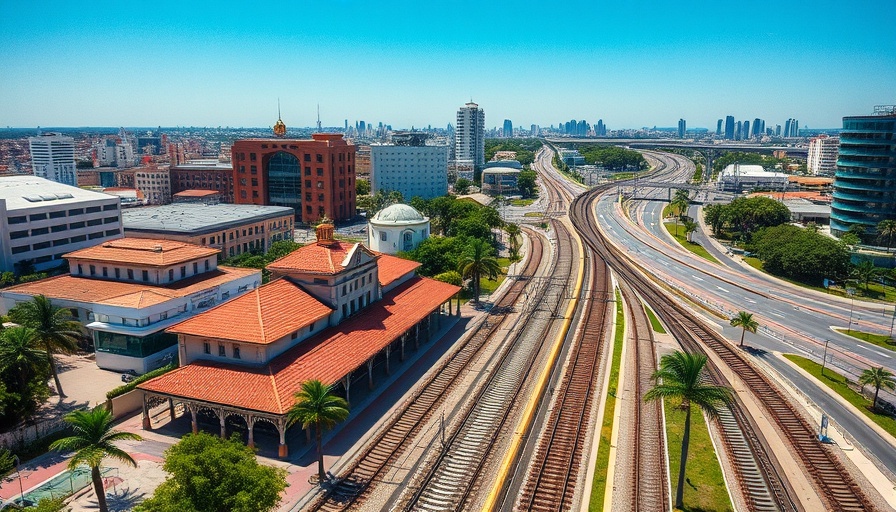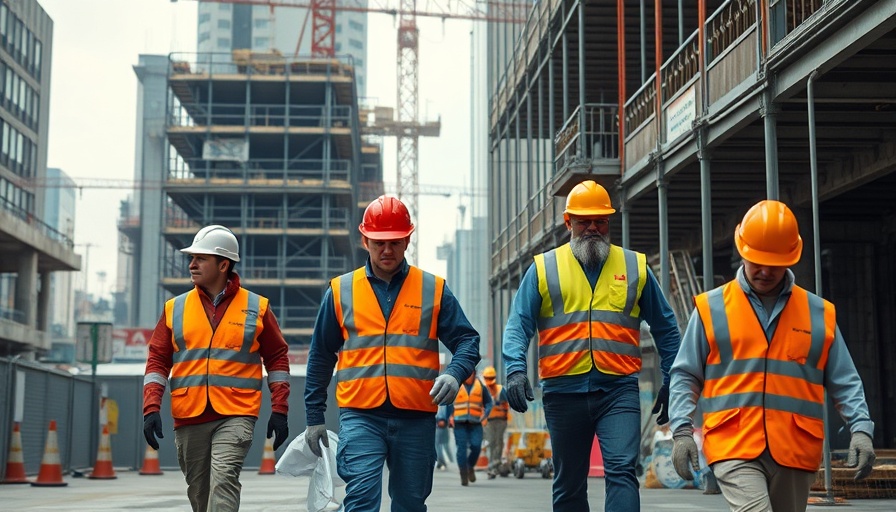
AI's Transformational Role in Transportation
The Texas Department of Transportation (TxDOT) is making strides in integrating artificial intelligence (AI) into its operations, heralding a significant evolution in how transportation infrastructure is managed. By adopting AI methodologies, TxDOT is poised to optimize various aspects of its functionality, from predictive traffic analysis to enhanced crash detection capabilities.
Implementation Strategy
TxDOT's strategic plan for the years 2025-2027 outlines a roadmap that leverages advanced analytics to make more informed decisions regarding transportation management. As Texas continues to experience population growth, the need for efficient infrastructure management is paramount. In December, the department identified 230 potential applications of AI, signaling a comprehensive approach to future challenges in Texas’s transportation landscape.
Prioritizing Infrastructure Projects with AI
Central to the department's AI initiative is the prioritization of infrastructure projects. Through data-driven assessments, TxDOT aims to allocate resources effectively, ensuring that the most critical projects are expedited. Innovative AI algorithms are expected to provide insights that help the agency manage budgets and contracts efficiently while minimizing disruptions related to utility conflicts during construction.
Enhanced Emergency Responses
A vital component of TxDOT's strategy is the enhancement of emergency response mechanisms through AI. The technology could significantly reduce the time necessary to respond to incidents on the road, giving TxDOT the ability to monitor real-time data from highway cameras and quickly alert appropriate personnel. Such advancements enable the department to implement proactive measures like monitoring hazardous weather conditions or planning effective evacuation routes during emergencies.
Dedicated Focus on Cybersecurity
In a digital age where cyberattacks are rampant, TxDOT recognizes the importance of cybersecurity as part of its AI adoption strategy. The department faces millions of attempted cyber intrusions daily, making robust security protocols essential. TxDOT's strategy incorporates education on potential cyber threats and adopting secure systems designed to withstand vulnerabilities. This foresight ensures that AI's implementation does not lead to inadvertent exposure of sensitive data.
Implications for the Construction Sector
For business owners, property developers, and facility managers who rely on TxDOT's services, these advancements in AI are indicative of a transformative era in project management. Understanding AI's role in traffic management and infrastructure prioritization can influence strategic investment decisions and enhance operational efficiency. As TxDOT continues to evolve, stakeholders within the construction industry should prepare for evolving technologies that enable smarter infrastructure development.
The Call to Action for Stakeholders
As the Texas DOT embraces AI for a more streamlined approach to transportation management, related industries should take note and consider how similar technologies can be integrated into their operations. Businesses focusing on construction and facility management can benefit from understanding these innovations, potentially leading to enhanced efficiency and cost reduction. This is an opportunity to leverage new AI capabilities that not only safeguard investments but also contribute to community development through improved infrastructure.
 Add Row
Add Row  Add
Add 




Write A Comment